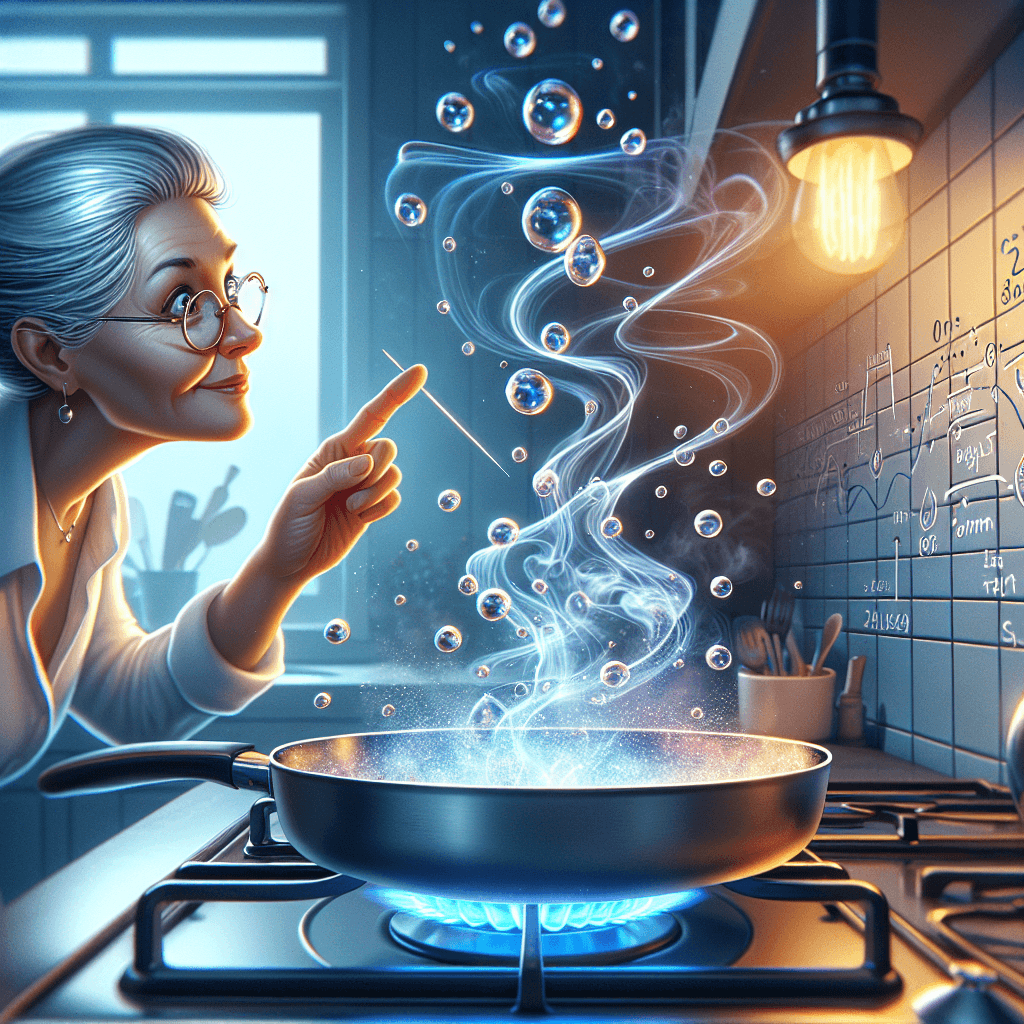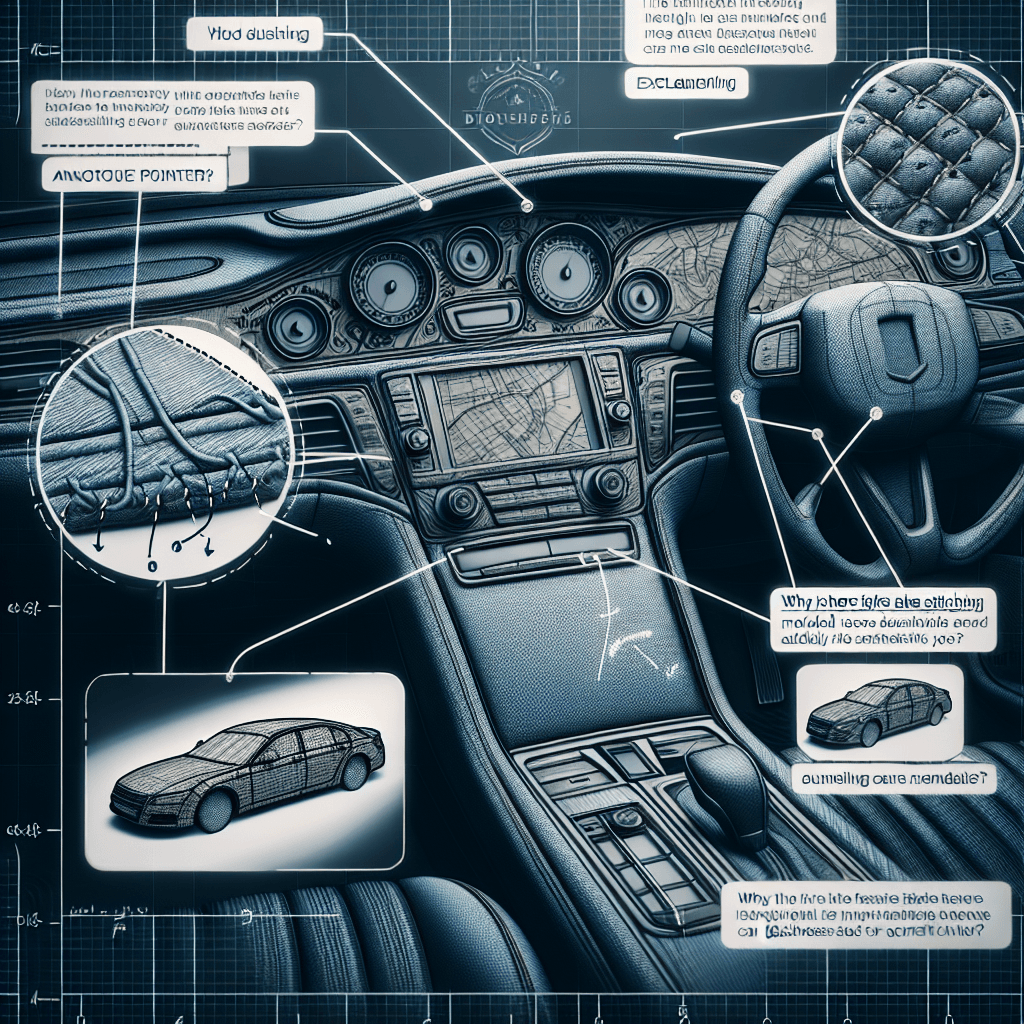The Sizzling Ballet: Why Does Water Skitter and Dance on a Very Hot Pan
Ever flicked a water droplet onto a hot skillet and watched it dance instead of instantly evaporating? Discover the fascinating physics behind this mesmerizing kitchen phenomenon.


Too Long; Didn't Read
On a very hot pan, a water droplet instantly creates a protective layer of steam underneath itself. This vapor cushion allows the droplet to float and skitter across the surface instead of immediately boiling away.
The Sizzling Ballet: Why Does Water Skitter and Dance on a Very Hot Pan?
Have you ever flicked a droplet of water onto a very hot skillet, only to watch it bead up and seemingly dance or skitter across the surface, defying instant evaporation? It’s a common kitchen observation, but this mesmerizing behavior is more than just a culinary quirk; it's a fascinating display of physics in action. This phenomenon, where water seems to levitate and move erratically on an extremely hot surface, has a scientific explanation. This post will delve into the science behind why water skitters and dances on a very hot pan, exploring the principles at play.
The Star of the Show: The Leidenfrost Effect
The captivating dance of water droplets on a superheated surface is known as the Leidenfrost effect. Named after Johann Gottlob Leidenfrost, a German doctor and theologian who first described it in his 1751 publication "A Tract About Some Qualities of Common Water," this effect occurs when a liquid comes into contact with a surface significantly hotter than the liquid's boiling point.
Instead of immediately boiling away violently, as one might expect, the liquid droplet hovers and glides. This is a key distinction from what happens on a moderately hot pan, where water will typically spread out, sizzle, and evaporate relatively quickly.
How the Leidenfrost Effect Works: The Science Behind the Dance
The Leidenfrost effect is not magic, but rather a consequence of rapid vaporization creating an insulating layer. Let's break down the process:
1. Reaching the Leidenfrost Point
For the effect to occur, the hot surface must be heated beyond a specific temperature known as the Leidenfrost point. This point is significantly higher than the boiling point of the liquid. For water, the boiling point at standard atmospheric pressure is 100°C (212°F), but the Leidenfrost point is typically around 193°C (379°F) or higher, depending on surface properties and impurities.
- Below the Leidenfrost Point: If the pan's temperature is above water's boiling point but below the Leidenfrost point, water will make direct contact, boil vigorously, and evaporate quickly. This is the familiar aggressive sizzle.
- At or Above the Leidenfrost Point: This is where the "dancing" begins.
2. The Insulating Vapor Layer
When a water droplet hits a surface heated beyond its Leidenfrost point, the bottom layer of the droplet that comes into contact (or near contact) with the hot surface vaporizes almost instantaneously. This rapid vaporization creates a thin, protective cushion of steam between the hot surface and the rest of the water droplet.
Think of it like this:
- The droplet isn't actually touching the pan directly.
- It's levitating on a self-generated layer of its own vapor.
This vapor layer has several important consequences:
- Insulation: Steam is a poor conductor of heat compared to the metal of the pan. This vapor layer insulates the rest of the water droplet from the intense heat of the surface.
- Reduced Friction: The droplet glides on this vapor cushion with very little friction, allowing it to skitter and move freely, often propelled by the escaping steam.
3. Why Skittering, Not Sizzling?
Because the vapor layer insulates the droplet and prevents direct contact with the superheated surface, the rate of heat transfer to the main body of the droplet is significantly reduced. This means the droplet evaporates much more slowly than it would if it were in direct contact with the pan at a slightly lower, but still hot, temperature. The escaping steam from beneath the droplet can also create tiny jets, causing the droplet to move erratically – the "dance" we observe.
Eventually, the droplet will shrink as it slowly evaporates, or it might break into smaller droplets that continue to exhibit the Leidenfrost effect until they too vaporize.
Beyond the Kitchen: Other Manifestations
While commonly observed in cooking, the Leidenfrost effect isn't limited to water on a hot pan.
- It can occur with other liquids, such as liquid nitrogen on a room-temperature surface (since room temperature is well above liquid nitrogen's very low boiling point).
- The principle has been explored for potential applications, including frictionless transport, cooling systems for high-heat applications, and even in some specialized fire suppression techniques. Researchers have studied how to manipulate this effect for various industrial processes.
Conclusion: Everyday Physics in Action
The sight of water skittering and dancing on a very hot pan is more than just a curious kitchen event; it's a perfect illustration of the Leidenfrost effect. This phenomenon, driven by the creation of an insulating vapor layer when a liquid encounters a surface far hotter than its boiling point, explains why the droplet hovers, glides, and lasts surprisingly long. Understanding the Leidenfrost effect reminds us that fascinating scientific principles are at play all around us, even in the most mundane of daily activities. So, the next time you see water perform its sizzling ballet on your stovetop, you'll know the elegant physics behind its dance.


